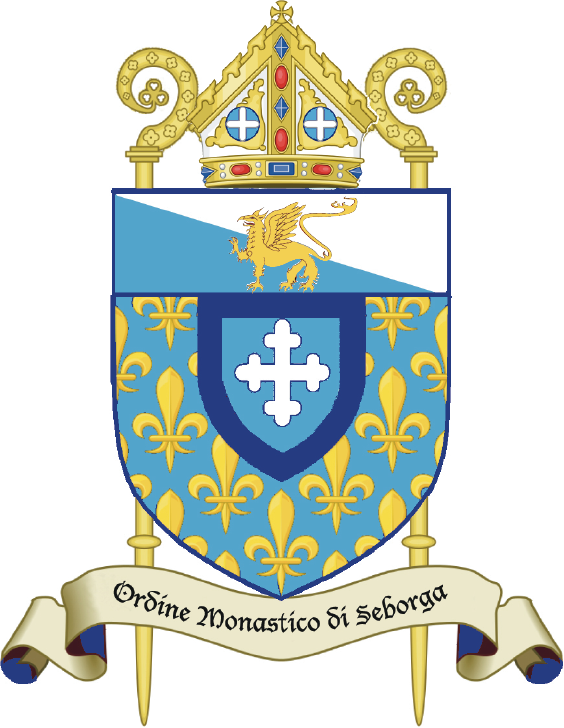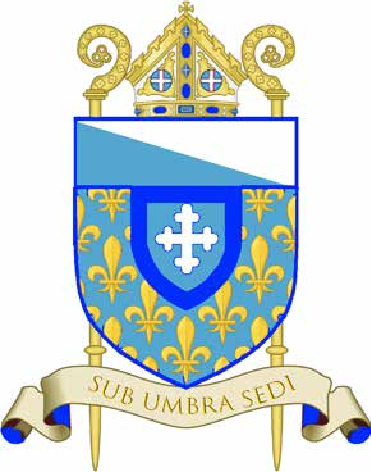Abous Us
Within the Monegasque Worship Entity called “Polish National Catholic Church à Monaco,” duly registered with the Ministry of State of the Principality of Monaco on September 14, 2018, the religious congregation called: “Monastic Order of Sabourg” (abbrev.:. O.M.SBR.) was established by specific resolution of the Assembly of Members.
The Order, organized in the First Chapter with its headquarters in Seborga, is divided into three religious congregations:
- primary order, known as the Minors of St. Benedict
- secondary order, known as the Order of Mary of Magdala
- tertiary order, known as the Oblates
The primary order is composed of monks, clerics and novices . The secondary order is composed of nuns and novices. The tertiary order is composed of lay people who have taken the vows of moderation and obedience and have been consecrated oblates who are inspired by the rule of St. Benedict. The religious, clerics, monks, nuns, novices and novices and tertiaries, intend to give themselves a special Rule, remembering that we must know and scrupulously observe the commandments given by God, so that by loving the Lord and the Most Holy Trinity with all our heart, mind, soul and strength, and by loving our neighbor as ourselves, they may attain the fruit of eternal life. Religious have therefore come together to observe the Gospel of our Lord Jesus Christ, and to live in God the Pantocrator according to the rule of St. Benedict, obviously revised for modern times. Therefore, since they must always observe this Rule, they will never try to escape from it, for “whoever puts his hand to the plow and turns back is not fit for the Kingdom of God.”
The Monastic Order of Sabourg has its legal headquarters in the Principality of Monaco at the Monegasque institution of worship called the “Polish National Catholic Church à Monaco” located in Monaco, and its historical-liturgical abbey headquarters in the heart of the Principality of Sabourg, namely in Seborga, at 1 Maccario Street.
The re-establishment of that Order, by the will of the Commendatory Abbot today is in communion with the Patriarchate of Italy, formerly the Orthodox Church in Italy, and with the Traditional Gallican Catholic Church of France, duly recognized bodies of worship. This momentous initiative is aimed at restoring the ancient order of Benedictine matrix that was established in Seborga by the ancient Benedictine Fathers of the Island of Lerino (France), according to the rule instituted by St. Benedict. The act of reconstitution is prepared in order to emphasize ecumenical values to the Holy Trinity and to the profitable and spiritually constant dialogue between Catholic and Orthodox Christians for the Unity of all Christians, as enunciated in the Gospel of St. John: “Ut unum sint” (that they may be one).




